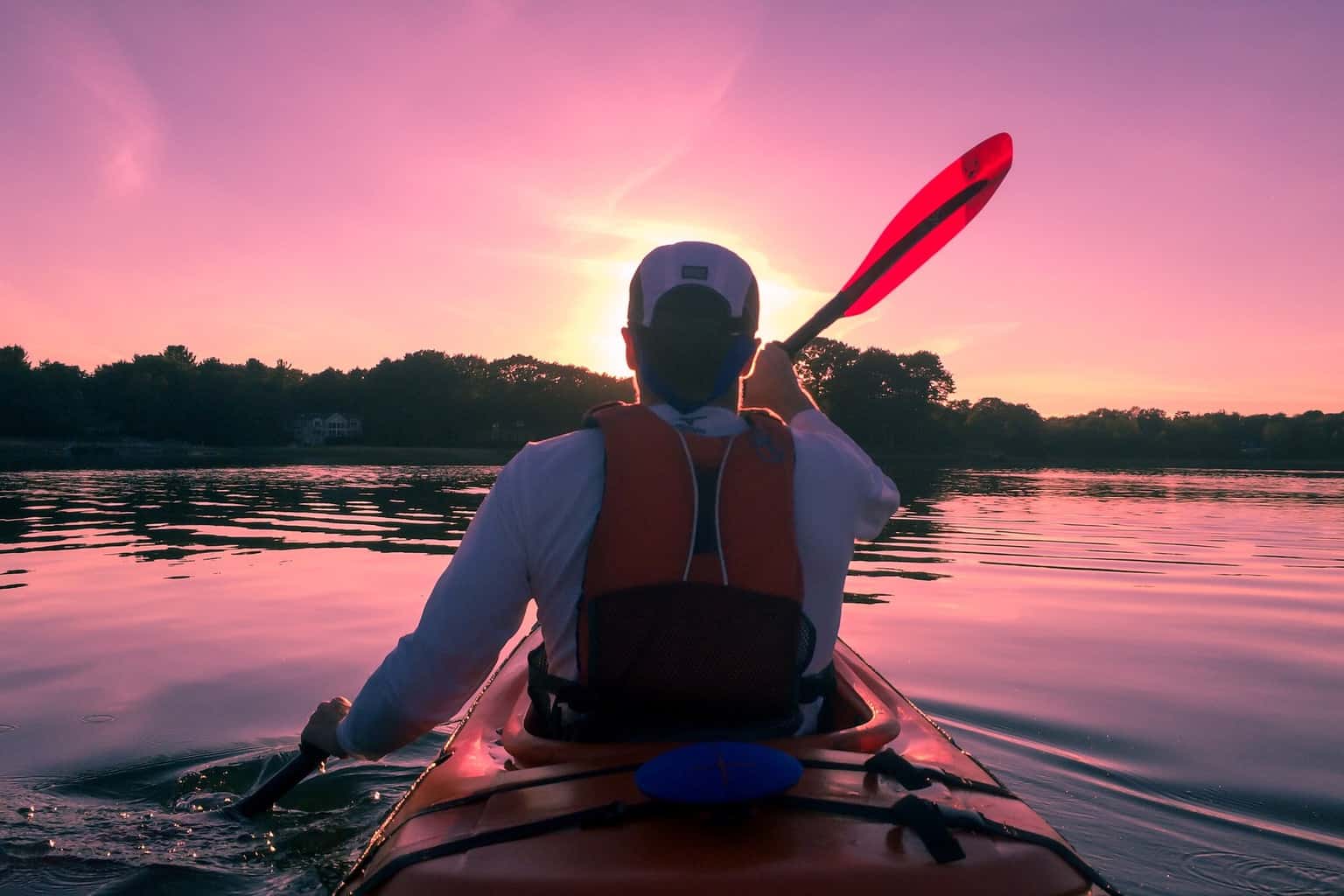Have you ever watched a kayaker maneuver through fast-moving waters and wondered how they reached that level?
Or, maybe you’ve recently thought about kayaking, but you aren’t sure if you are mentally and physically ready for hitting the water.
For most people, it is possible to get into a kayak with minimal training, but you will need to put some work into developing your skills if you want to move beyond merely floating along a lazy river.
- Do I Need to Take Kayaking Lessons?
- Is Kayaking Hard to Learn?
- How Do You Prepare for Kayaking?
- Where Do You Train for Kayaking?
- How Long Does It Take to Get Ready to Kayak?
- What Do Basic Kayaking Lessons Cover?
- What Do Advanced Kayaking Classes Cover?
- Conclusion
- You Might Also Like…
Disclosure: this post contains affiliate links (clearly marked with ), which means we may earn a commission if you buy something through them, at no additional cost to you.
Do I Need to Take Kayaking Lessons?
If you’ve never been in a kayak before, then a basic course for beginners can help you to learn the essentials for staying safe on the water.
Although kayaks are fairly steady, you should know how to avoid capsizing and what to do if your boat does go upside down.
Some people choose to learn skills from their kayaking buddies, or you can take a formal class with an instructor who knows how to check things such as your posture and form.
You will need to consider formal training if you plan to do any advanced kayaking. Leisurely paddling your boat around a small lake is nothing like taking your kayak out to sea or in whitewater conditions.
In addition to learning how to maneuver your kayak, you’ll also want to spend time training your body.
Building your strength and stamina makes it easier to keep your kayak steady in rough water conditions.
You should also be strong enough to swim back to shore or a rescue boat if the worst should happen out on the water.
Is Kayaking Hard to Learn?
Most people find that kayaking is not that hard to learn. In fact, children, the elderly and people with disabilities can all learn to kayak.
The secret to making sure that kayaking is not hard to learn is to use good judgement when you plan your training.
Most people find it easiest to start out on very calm water where they can practice their skills without worrying about capsizing.
Choosing the right kayak, paddles and other gear makes it easier to learn to kayak. Performing the right techniques is easiest when your equipment is the right size for your body.
Later, you may find that certain skills are hard to learn. Advanced skills for whitewater conditions require you to practice difficult maneuvers while working your way through the rapids.
Although you can watch training videos, there is nothing that can quite prepare you for the actual experience of doing something such as going over a waterfall or hitting a huge wave.
How Do You Prepare for Kayaking?
Anyone can hop in a kayak, but you’ll find that your trips are more enjoyable when you put some effort into training your body.
Strength training is important for kayakers. You need strong back and shoulder muscles to help you paddle efficiently through the water.
Kayaking also requires strong core muscles. Start by doing some basic arm, back and shoulder exercises.
Dumbbell rows, shoulder presses and lat pull-downs are all great exercises to start building up those critical parts of your body.
Then, throw in some abdominal exercises such as sit-ups to help work the front of your core muscles.
Building your stamina is important as well. You’ll need to be able to maintain enough energy to paddle throughout the duration of your trip.
If you somehow lose your kayak, then you may also need to swim to the shore.
Try to do some form of heavy cardio workout several times a week. If you are new to exercise, then even a simple walk can help you start to increase your stamina.
Stretching before your trips is another thing that you can do to prepare physically. Do some stretches every day leading up to your trip, and remember to focus on the muscles that you use the most to control your boat.
Where Do You Train for Kayaking?
Kayaking training can take place on the water or on land. Many kayakers find that practicing getting in and out of their boat on dry land is easier than attempting it in the water for the first time.
During a class, many trainers prefer to have people practice their posture and paddling techniques on land where they can see more easily how to help students make adjustments.
The majority of beginner courses then move to calm bodies of water where the instructors know what to expect.
An advanced training class typically takes place in the water conditions that are necessary for practicing specific skills.
When you are training independently, you may do workouts at the gym to build up your strength and stamina.
Then, you can practice kayaking in nearby bodies of water where you can slowly build up your skills.
How Long Does It Take to Get Ready to Kayak?
If your main goal is to kayak for recreational purposes, then you can usually get started right away.
Just make sure to carefully plan your trip to make sure that you don’t end up in weather or water conditions that require advanced skills.
Kayaking training courses may run from as little as a few hours on a single day to lengthy expeditions that teach new skills over a period of several days or weeks.
Sea and whitewater kayaking classes often span more than one day due to the difficulty of the maneuvers that you learn.
If you aim to kayak professionally or just want to develop advanced skills, then this could take many months or even years.
Most kayakers who train for whitewater or sea kayaking take multiple courses over a long period of time before they reach their desired level.
What Do Basic Kayaking Lessons Cover?
You’ll find kayaking training courses at every level. Always double check to make sure that any course that you sign up for is designed to help you develop your current abilities.
While it might seem like you know all of the basics, training for beginners covers a vast amount of information that is important to every kayaker.
Essential Safety Information
Safety is always a priority for people who enjoy watersports. While you might already know some basic safety skills for swimming and boating, there are things that you may not know if you are new to kayaking.
For instance, you may need to pack extra supplies such as a whistle to signal for help if you run into trouble.
You’ll also want to know how to deal with common issues that occur on the water such as seasickness.
Reviewing safety skills helps you to prevent accidents, and you’ll be ready to help if you notice a fellow kayaker in distress.
Proper Posture and Paddling Techniques
This is an important part of every kayaking training course.
While you might get by with holding your paddle wrong or sitting incorrectly during a short trip, you’ll definitely be feeling the pain during any trip that lasts longer than a few minutes.
Learning how to hold your paddle properly prevents common shoulder and back injuries in kayakers.
You’ll also have more control over your boat when you refine your paddling techniques.
Make sure to read our articles on how to avoid shoulder pain as well as back pain when kayaking.
Ways to Control Your Kayak
Edging and bracing are the two main ways that you can prevent your kayak from tipping over.
Both of these techniques involve learning how to use your center of gravity and paddles to stabilize your boat.
Working on developing strong bracing skills prevents injuries. You’ll also find that training on this skill becomes increasingly more important in choppier water.
How to Perform a Wet Exit
Beginner kayakers often wonder how they will ever get out of their kayak if it capsizes.
A wet exit is done when your kayak is upside down, and it is essential to drill this skill enough that you can do it without thinking.
Having your kayak capsize is often shocking, and it is important to avoid panicking.
During your training, your instructor will teach you how to stay calm as you remove yourself from the boat and spray skirt.
How to Roll Your Kayak
Rolling is another technique that you can use when doing a wet exit is not preferable.
Most kayakers choose to roll their boat to get it upright again when they don’t want to exit in extremely fast or choppy water.
Keep in mind that this skill is not always taught in beginner level courses, but it is worth adding to your training itinerary.
Most intermediate to advanced level kayakers occasionally take a rolling course just to help keep their skills fresh if they haven’t rolled in a while.
Common Rescue Strategies
Kayakers should always aim to have a buddy nearby, but there may be times when it is more sensible for you to perform a self-rescue.
Your training should cover the two main self-rescue techniques. The scramble and paddle float methods are both options that you might need to turn to if you need to get yourself back into your boat.
Assisted rescue strategies are additional essentials that you will learn in a training course. Most courses will train you on how to do a bow and a T-rescue.
You may also cover how to tow a boat with an incapacitated kayaker back to shore.
What Do Advanced Kayaking Classes Cover?
As your skills progress, you’ll want to consider training to take on bigger challenges.
Advanced kayaking classes cover things such as how to read a river and scout a rapid. Studying how water moves through rivers helps you to avoid potential hazards in your path.
You’ll also discover how you can take advantage of eddies to regain control over your boat or to take a few minutes to recover from a challenging stretch of the river.
An advanced course may sometimes focus on one specific skill that helps you to refine your current abilities.
They may be designed to help you increase your speed or control in incredibly challenging conditions.
Conclusion
Kayaking doesn’t necessarily require special training.
Many amateur kayakers develop their skills on their own, and you may only need a short safety lesson if you plan to stay on calm bodies of water.
However, there is something to be said for taking your skills to a new level.
With the right amount of training, you can feel confident tackling whitewater rapids or sailing over a waterfall.
Daring to push your body and mind’s limits leads to some of the best kayaking adventures.
You Might Also Like…
-
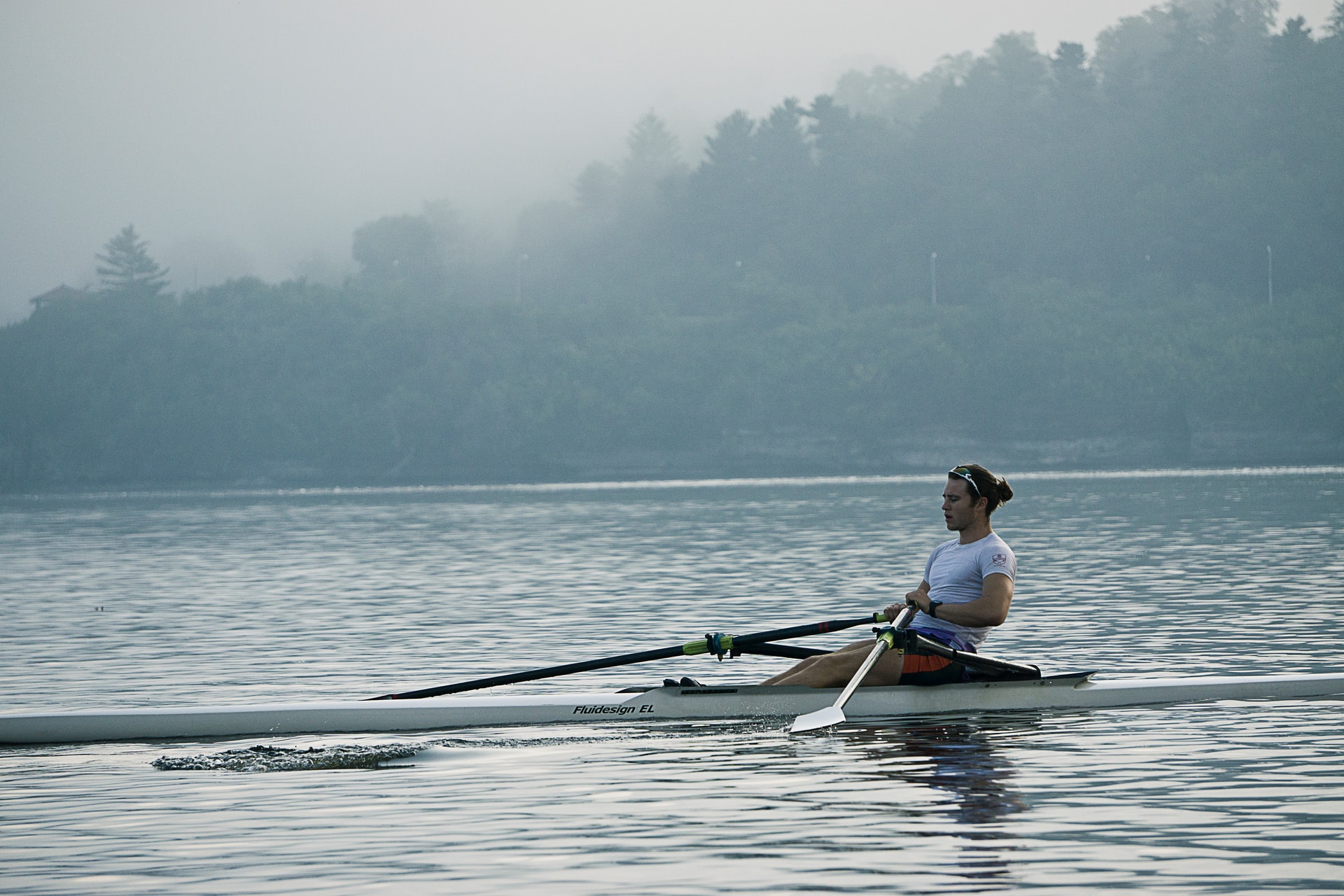
Kayaking Vs. Rowing: What’s the Difference? (8 Key Differences)
-
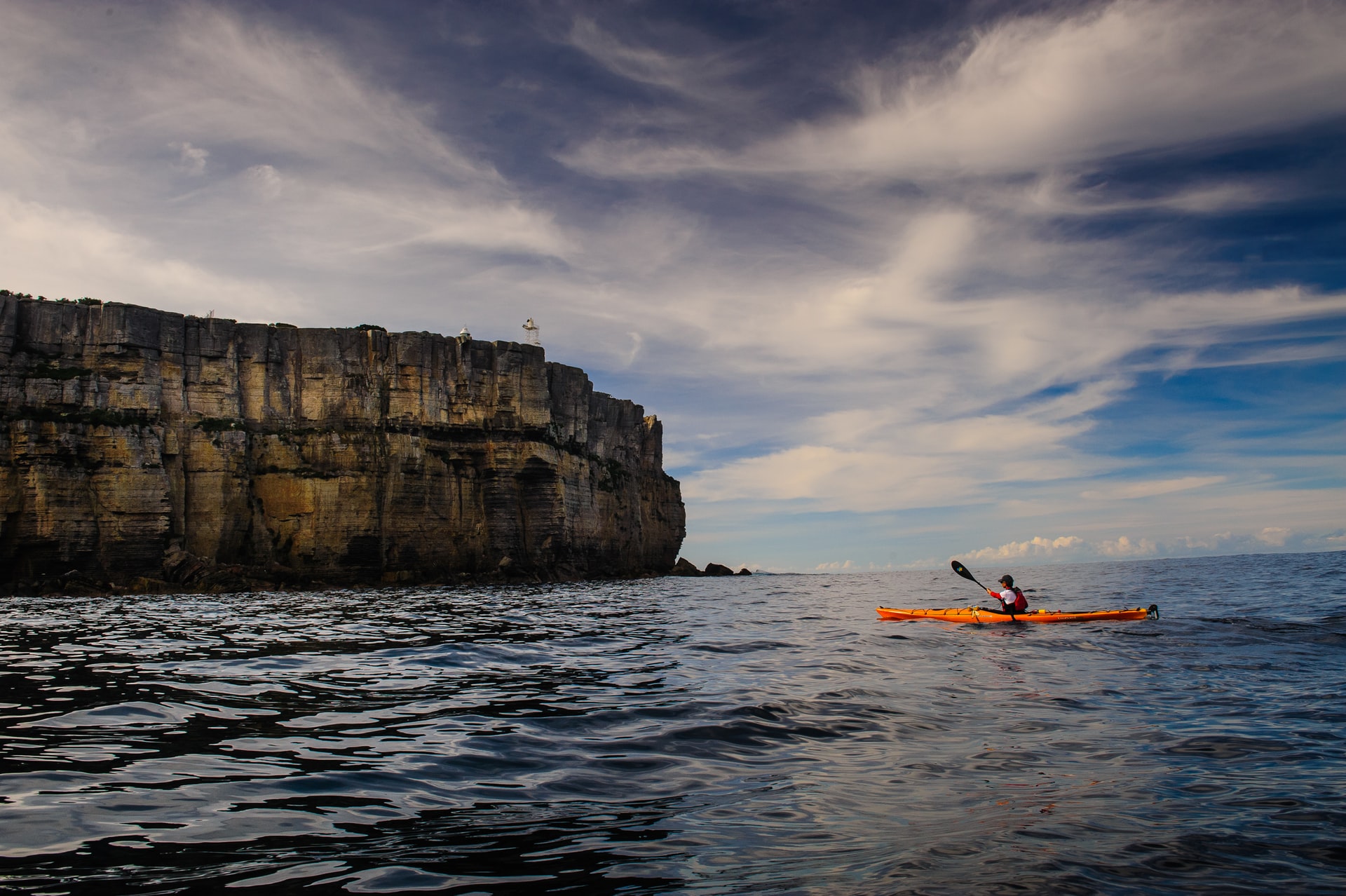
When Is It Too Windy for Kayaking? (Crucial Facts You Should Know)
-
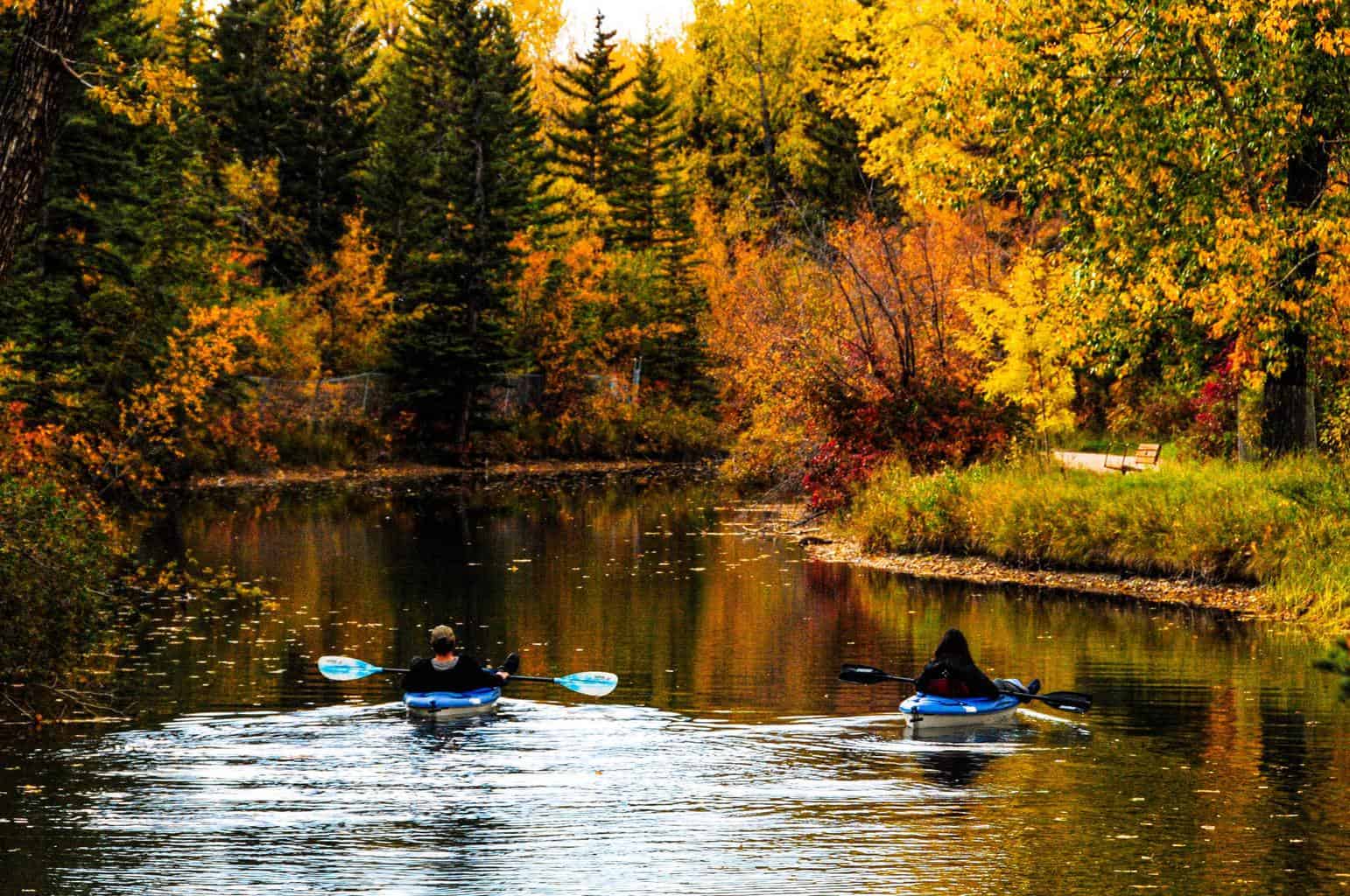
When to Go Kayaking? (What Every Kayaker Should Know)
-
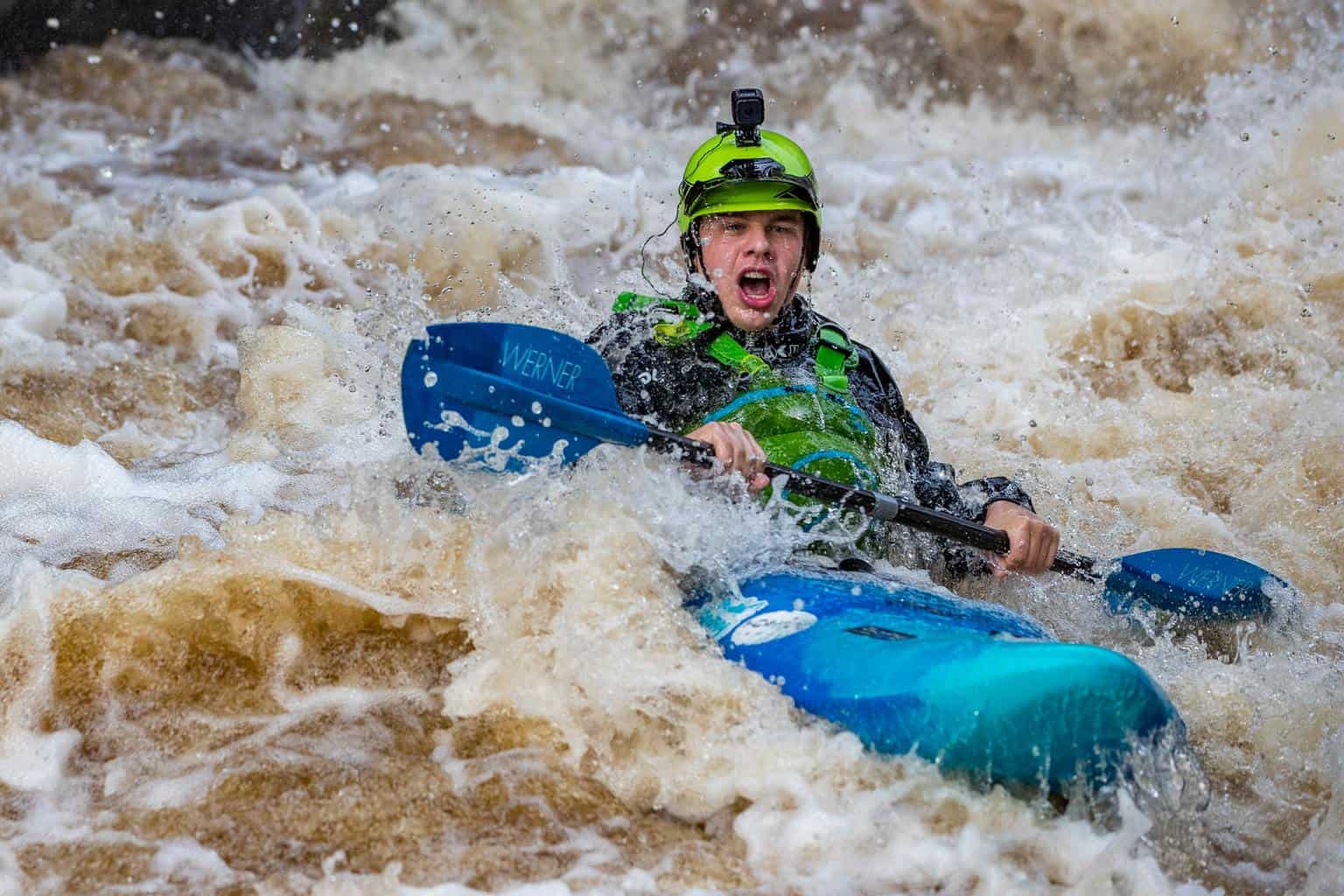
Will I Get Wet Kayaking? (Common Reasons & How to Stay Dry)
-
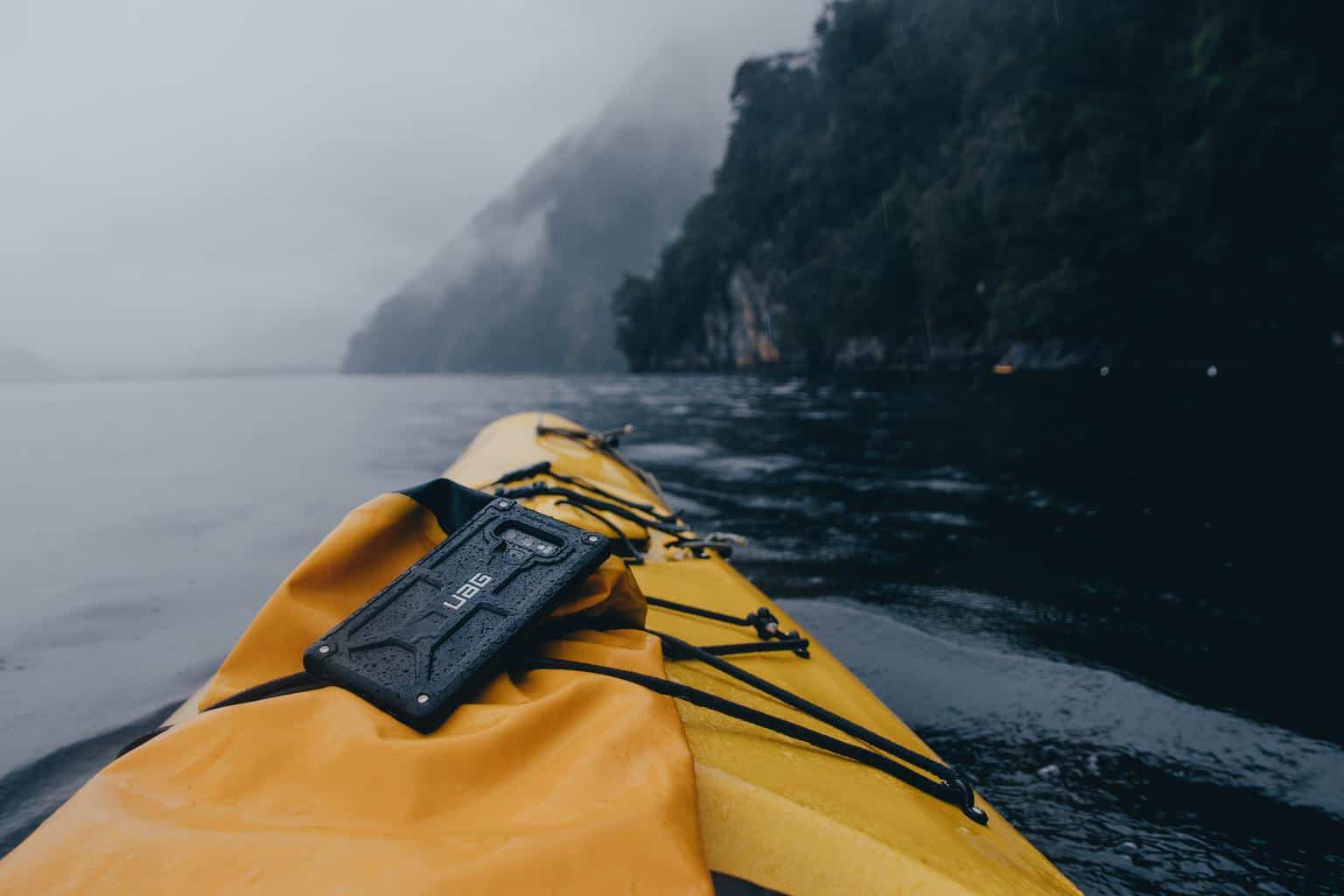
Should I Bring My Phone Kayaking? (7 Good Reasons)
-
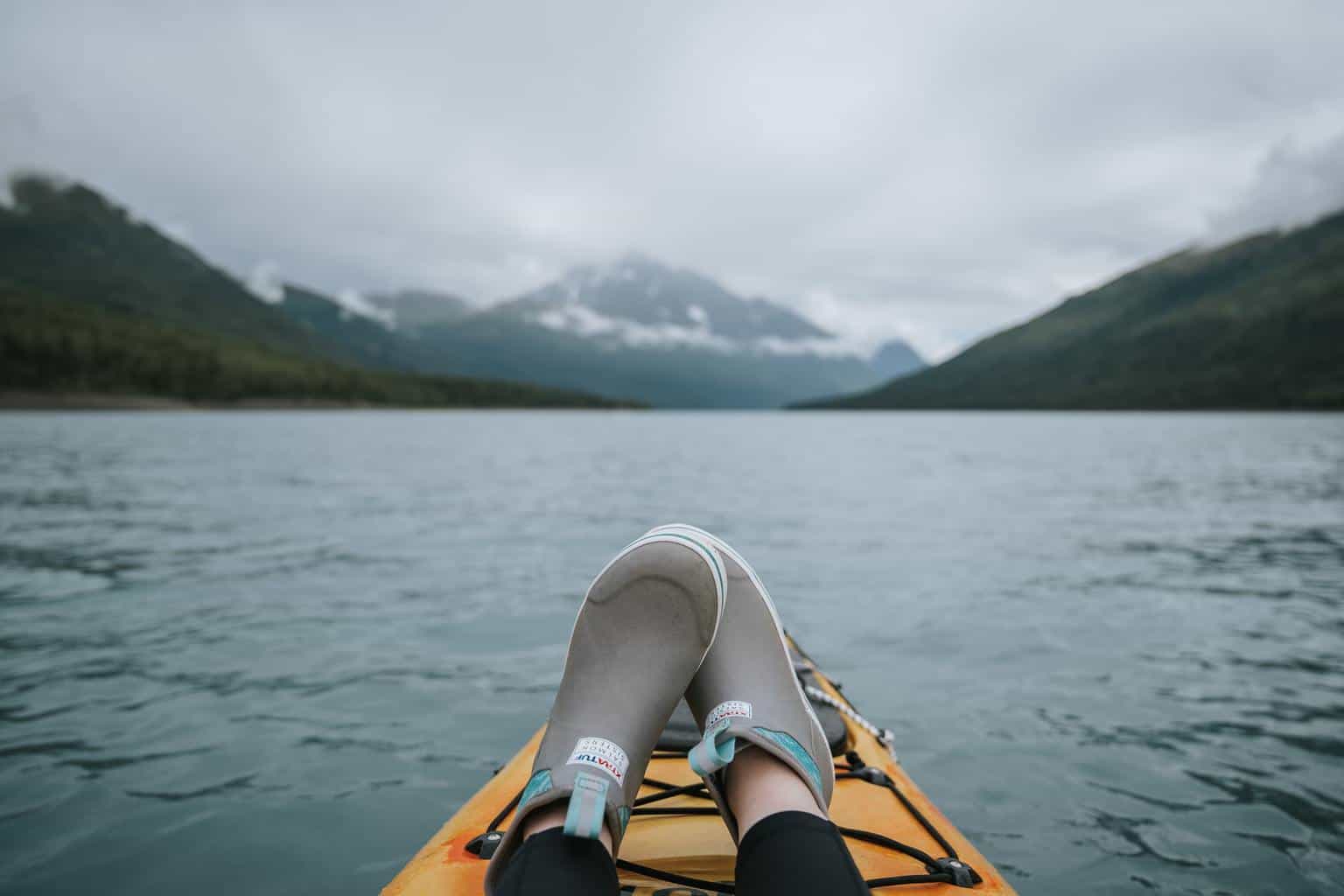
What Shoes to Wear Kayaking? (+ the Best Shoes for Your Needs)
-
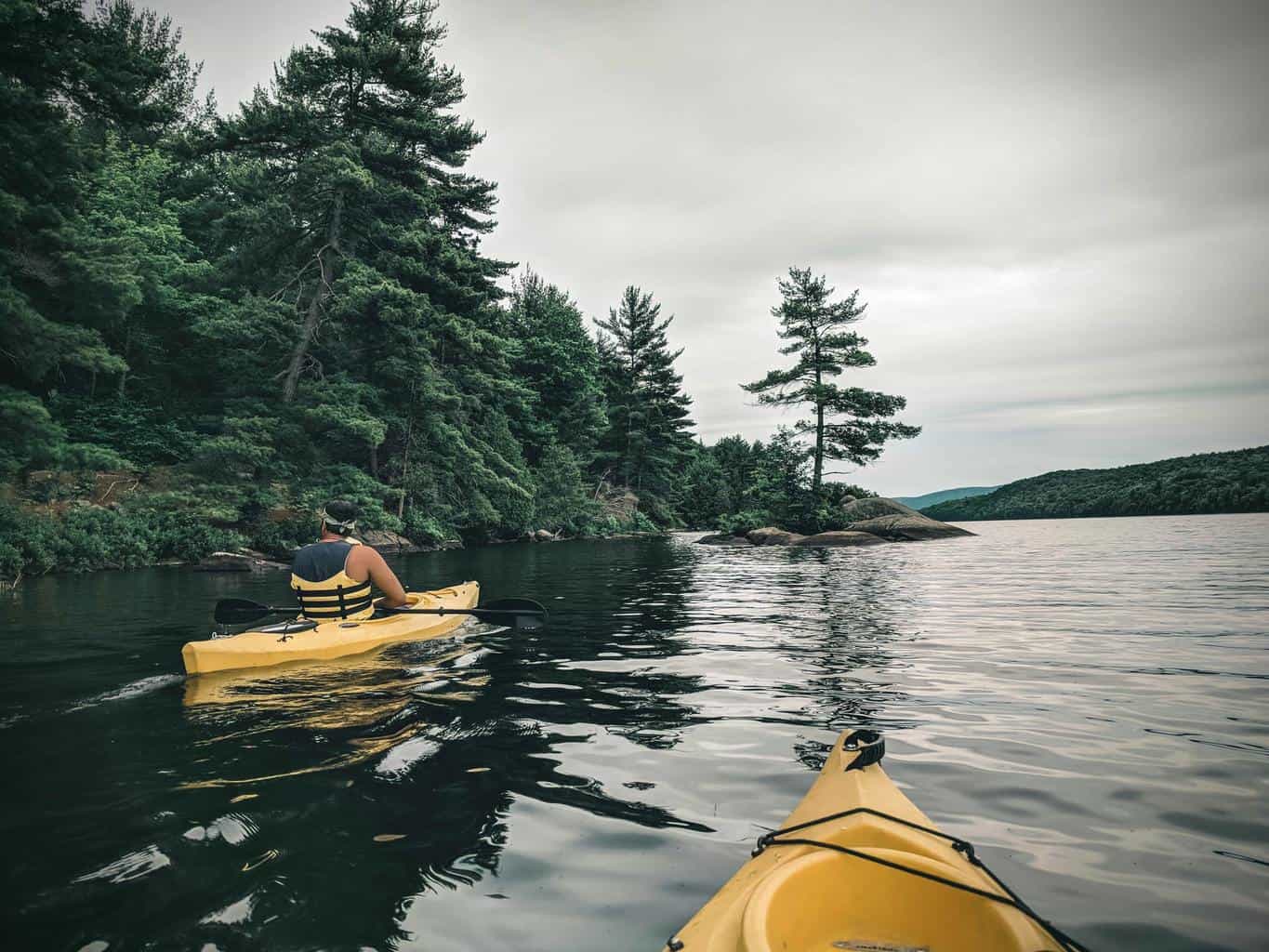
Can Kayaking Cause Chest Pain? (What Every Kayaker Should Know)
-
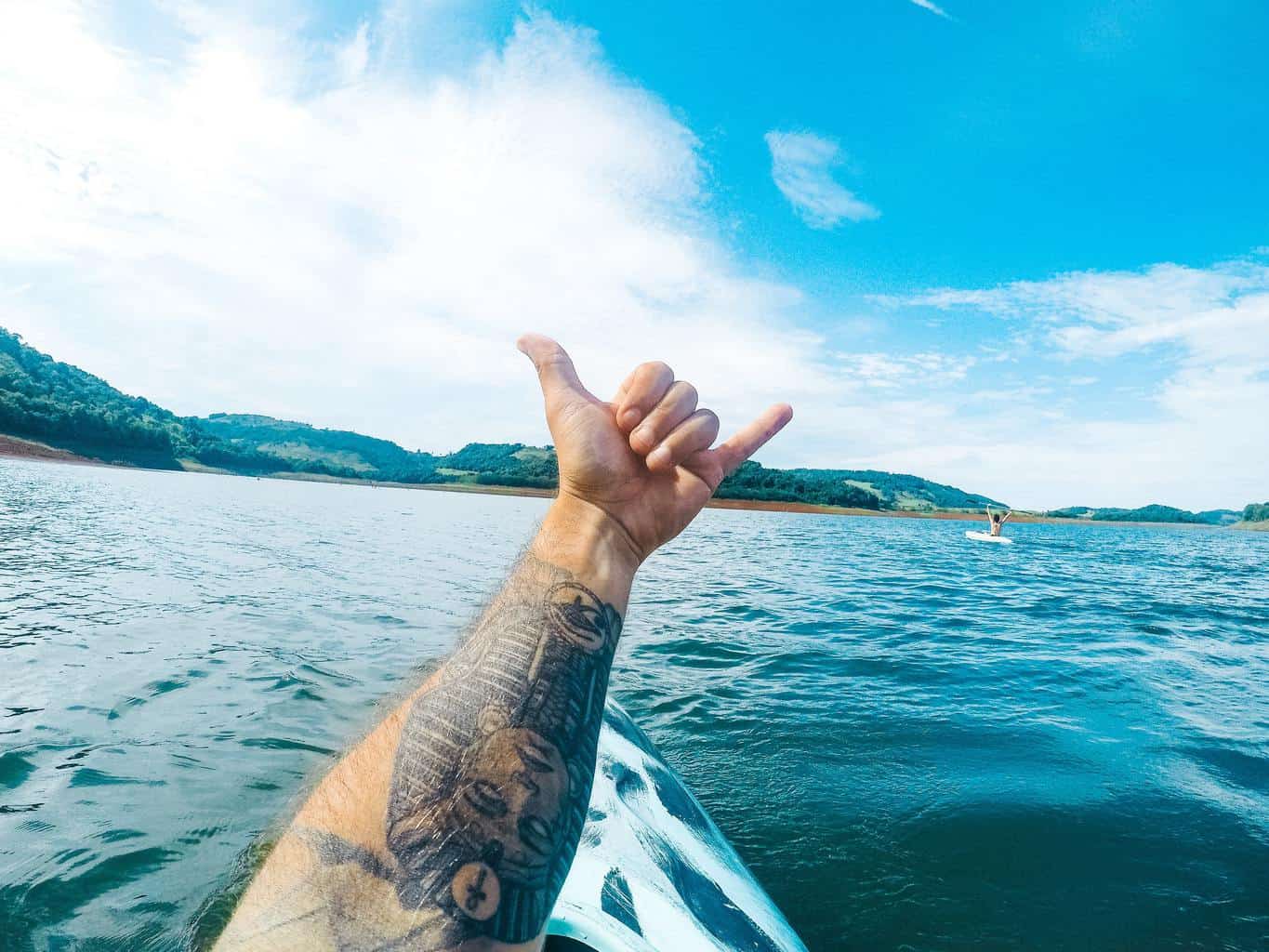
Can I Go Kayaking With a New Tattoo? (Facts You Should Know)
-
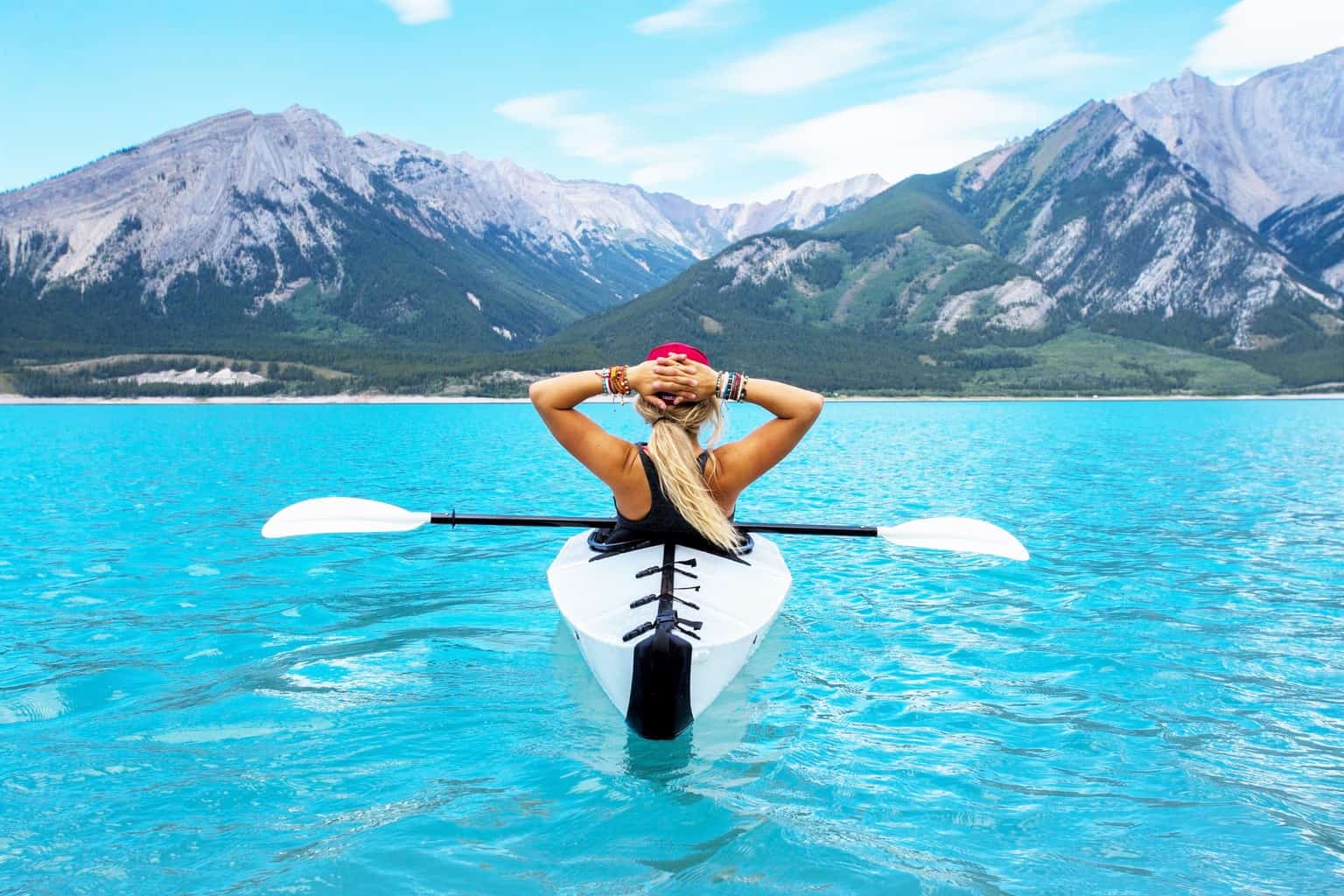
Can You Go Kayaking On Your Period? (+Practical Tips)
-
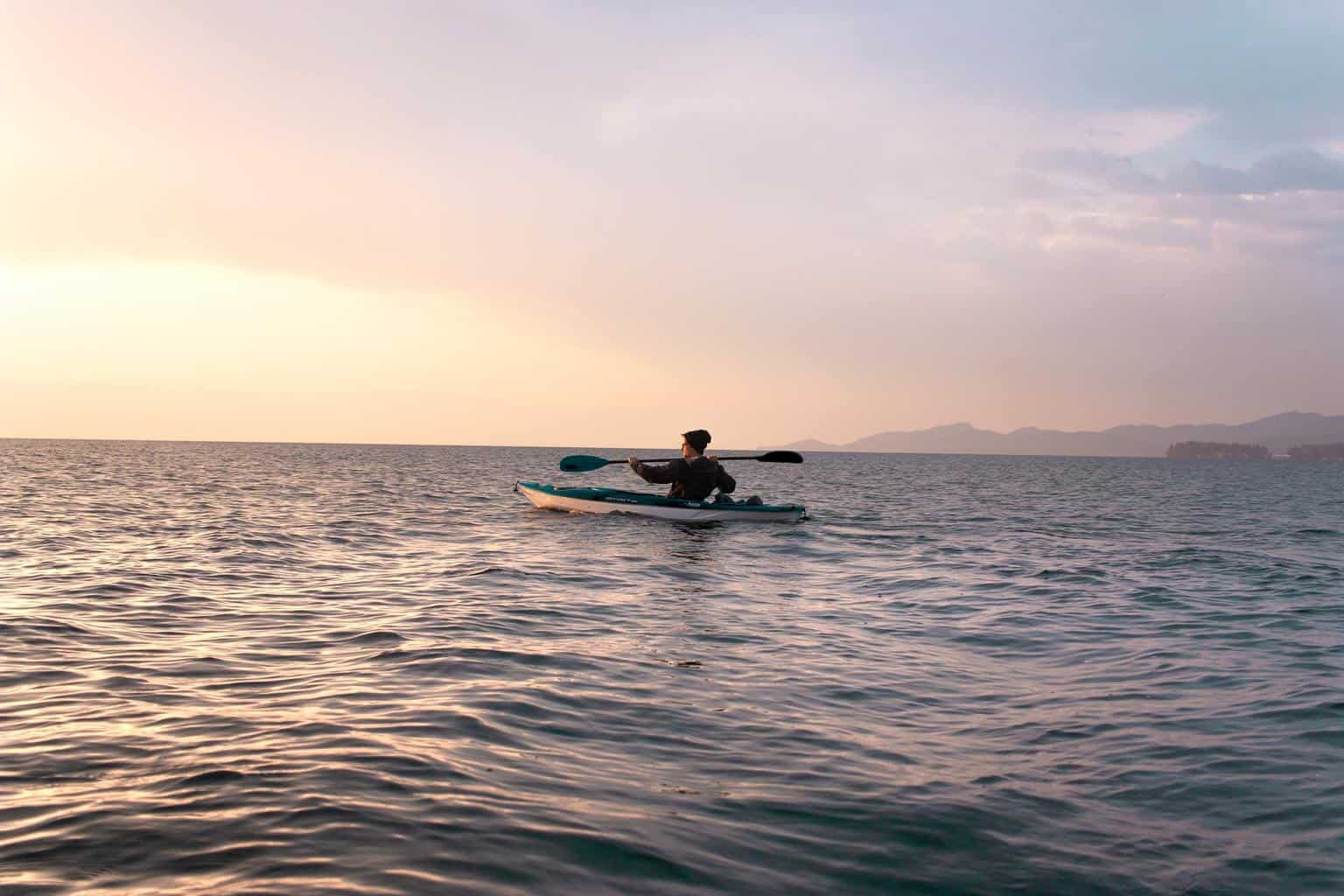
Can Kayaking Cause Hemorrhoids? (What Every Kayaker Should Know)
-
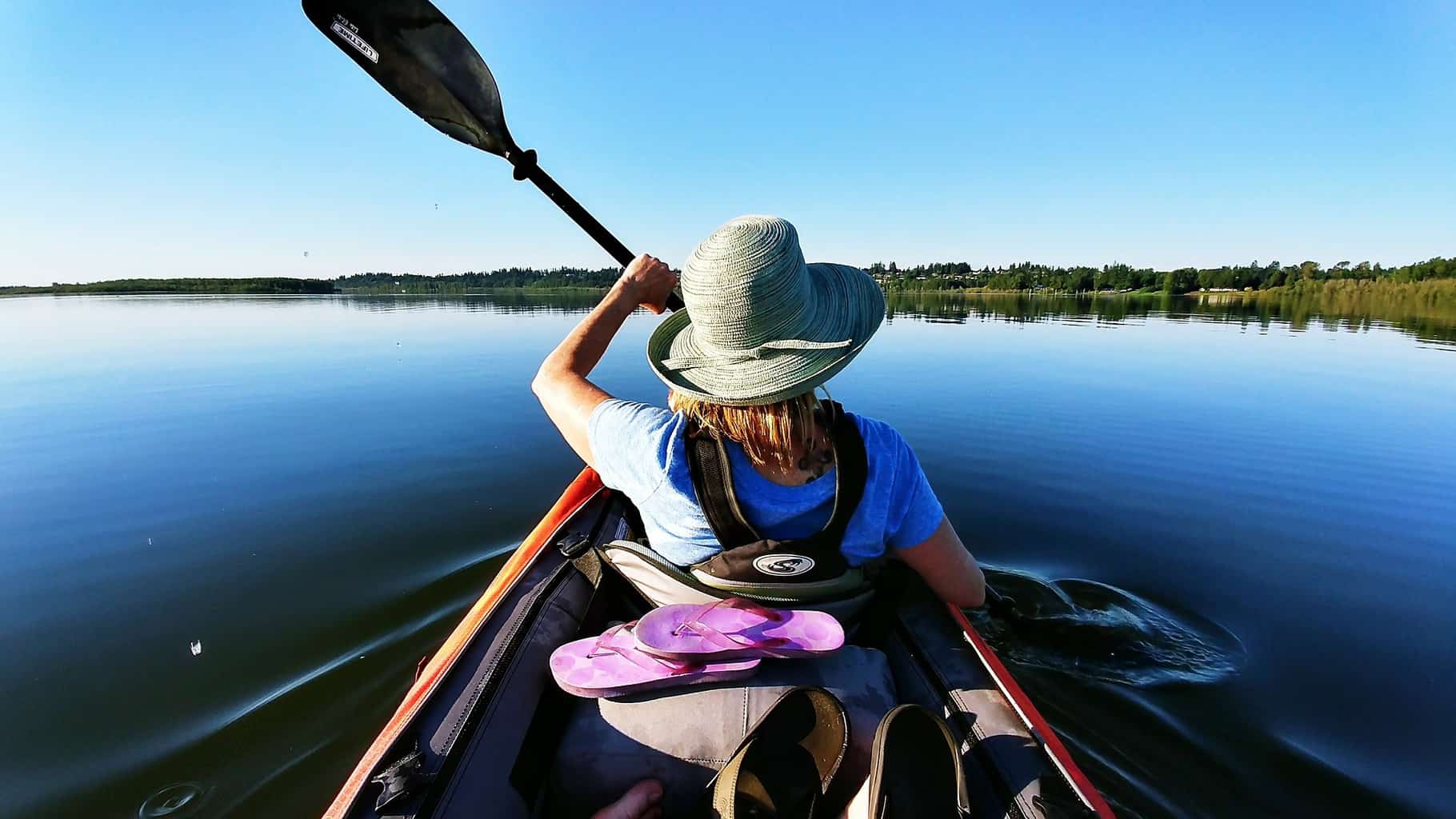
Can Kayaking Cause Tennis Elbow? (+8 Simple Tips to Avoid It)
-
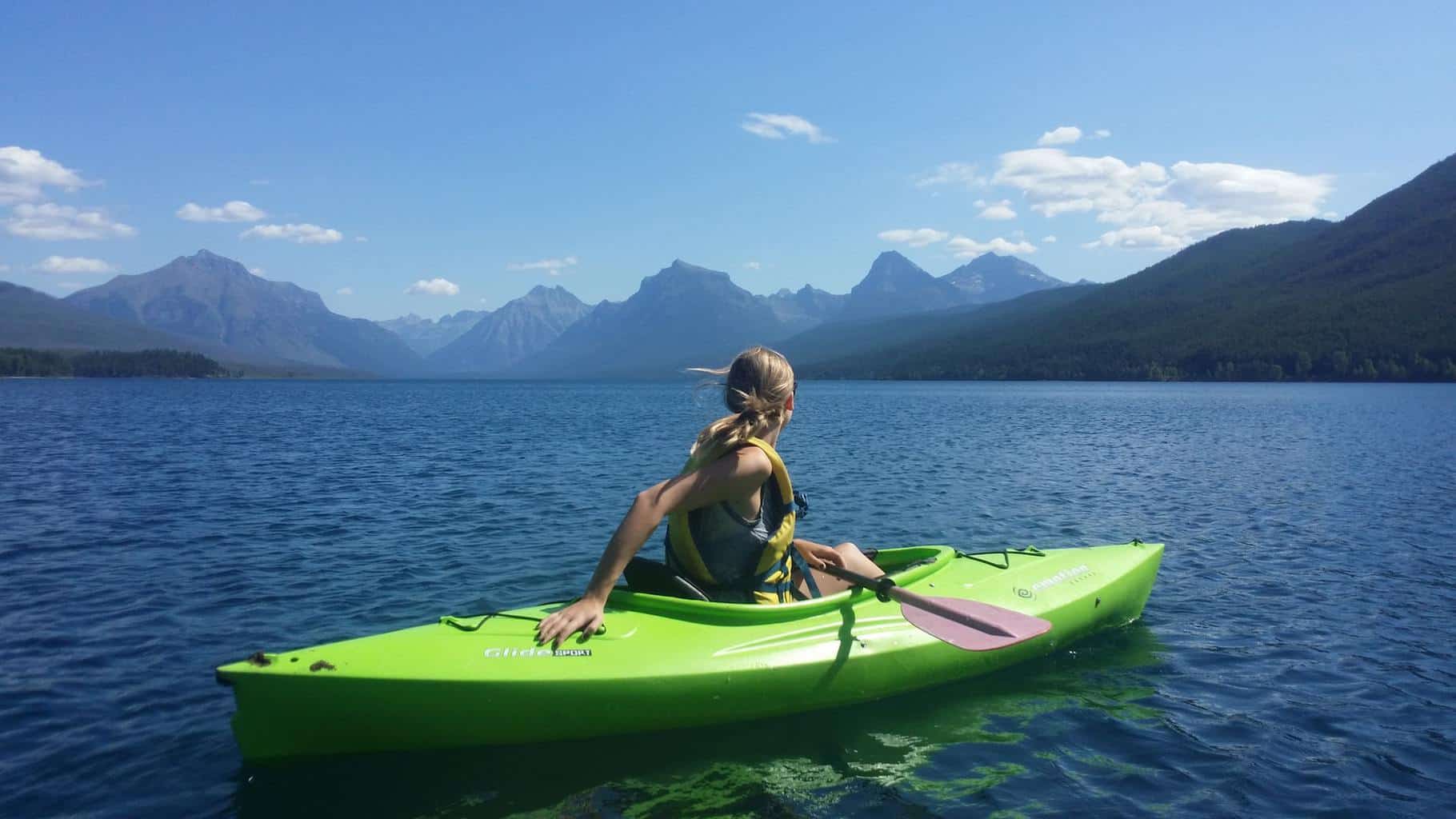
Can Kayaking Cause Sciatica? (+7 Tips to Avoid It)

